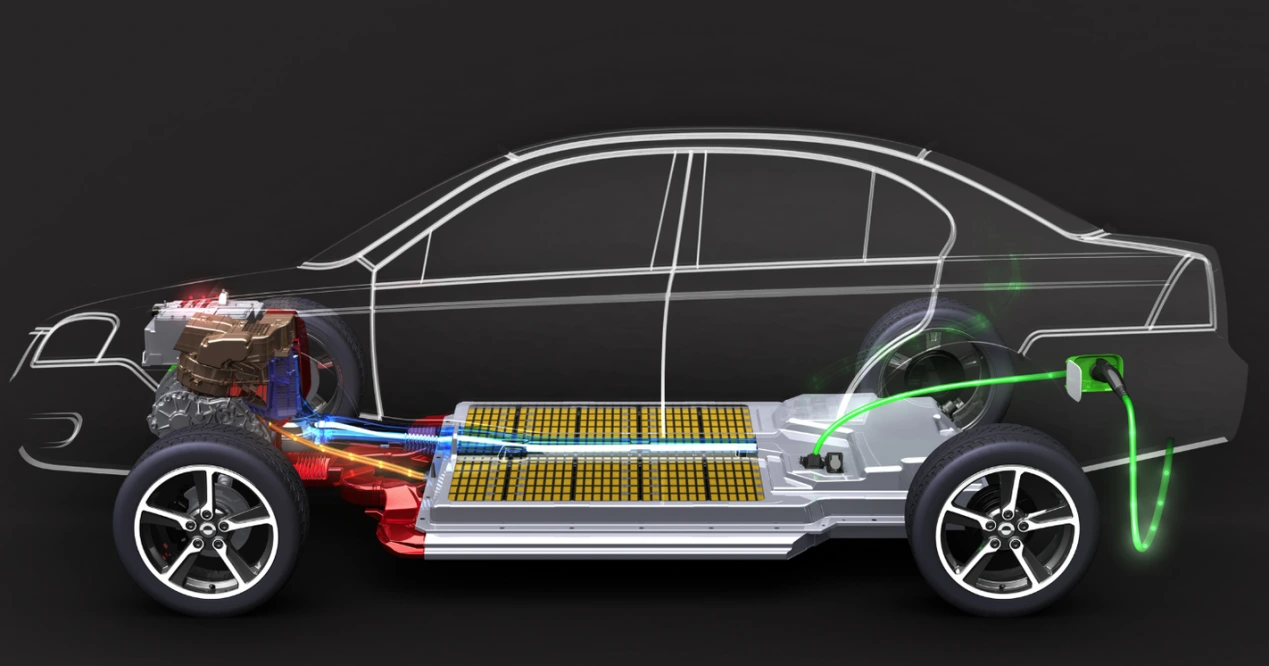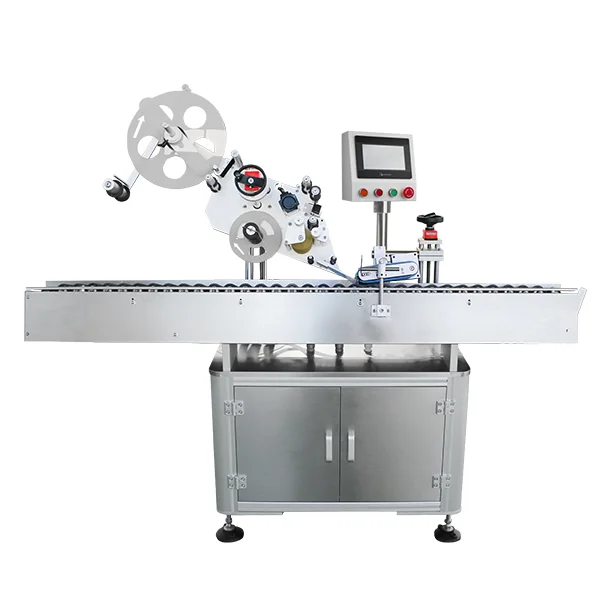The garment and textile industry depends heavily on precise, durable, and versatile sewing technologies. With fashion cycles shortening, customer expectations rising, and cost pressures increasing, manufacturers are constantly searching for machines that can enhance productivity while maintaining consistent quality. One solution that has proven essential across apparel, leather goods, footwear, and industrial textile production is the cylinder-type differential sewing machine.
Unlike flatbed machines or other standard models, the cylinder-type design introduces a unique set of mechanical advantages. When combined with differential feeding technology, it addresses critical challenges such as fabric distortion, uneven stitches, and inefficiencies in handling tubular or curved products.
In this article, we will explore in detail how cylinder-type differential sewing machines contribute to higher production efficiency, looking closely at their structure, operation, benefits, and industrial applications. Along the way, we highlight the contributions of Ningbo Sanhexin Automation Co., Ltd., a professional enterprise engaged in the R&D, production, and manufacturing of sewing machines that set new benchmarks in performance.
Understanding the Cylinder-Type Design
Cylinder-type sewing machines differ from flatbed or post-bed designs in their work platform structure. Instead of a flat base, these machines feature a cylindrical bed that extends outward, allowing materials to be sewn around the cylinder. This design makes it especially effective for products that are tubular or three-dimensional in nature, such as cuffs, sleeves, shoe uppers, bags, or upholstery edges.
The cylinder bed provides:
Ease of rotation for fabrics and products.
Better access to challenging stitching areas.
Compact handling of small or curved components.
By reducing the struggle to manipulate material, cylinder-type machines shorten handling time and reduce operator fatigue, translating directly into efficiency gains.
Principles of Differential Feeding
The differential feeding system is the second critical feature of these machines. Instead of relying on a single feed dog mechanism, the differential system uses two sets of feed dogs moving at adjustable speeds. This setup allows for precise control of fabric movement.
Advantages include:
Prevention of fabric puckering when sewing lightweight or elastic materials.
Elimination of stretching in knits or delicate textiles.
Facilitation of gathering or ruffling when required.
Uniform stitch appearance across varying fabric types.
This flexibility makes the machine suitable for a wide variety of production lines, where materials often range from dense leather to fragile silk.
Impact on Workflow Efficiency
The integration of a cylinder bed with differential feeding significantly alters workflow in production settings. Key efficiency improvements include:
Reduced Rework: Uniform stitches and precise fabric handling mean fewer defective products.
Faster Handling: Operators spend less time adjusting or repositioning fabric.
Seam Versatility: Complex seams such as binding, topstitching, or edge reinforcement can be performed more quickly.
Operator Comfort: Ergonomic handling lowers fatigue, improving sustained output.
These combined factors accelerate production cycles, allowing factories to meet large orders with higher reliability.

Applications in Garment Manufacturing
Cylinder-type differential sewing machines are particularly effective in garment production, where diverse fabric types and garment shapes are encountered daily.
Sleeves and Cuffs: Perfect for attaching sleeves or finishing cuffs on shirts, jackets, and knitwear.
Collars and Hems: Clean, accurate stitching of collars, waistbands, and hemlines.
Elastic Fabrics: Effective for sportswear and activewear, where stretch fabrics can be challenging.
Children’s Clothing: Smaller garments with tighter curves are handled efficiently.
By optimizing these tasks, manufacturers not only speed up processes but also ensure consistency across large production batches.
Applications in Footwear and Leather Goods
In footwear and leather industries, where curved, tubular, or thick materials are common, cylinder-type differential machines are indispensable.
Shoe Uppers: Smoothly attach different layers without puckering.
Bags and Accessories: Cylindrical beds make it easy to sew straps, handles, and edges.
Leather Products: Differential feeding accommodates both stiff and supple leathers.
Decorative Stitching: Enhances both durability and aesthetics of high-end products.
Here, precision and strength are crucial, and the ability of these machines to deliver uniform stitches directly impacts product quality and brand reputation.
Applications in Industrial Textiles
Beyond fashion and accessories, industrial textile production also benefits greatly.
Automotive Upholstery: Seats, steering wheel covers, and interior linings require complex seams.
Protective Gear: Sewing durable fabrics like Kevlar or canvas without distortion.
Home Furnishings: Sofas, cushions, and curtains demand consistent stitching of heavy textiles.
Outdoor Equipment: Tents, bags, and covers benefit from robust seams created with ease.
These applications highlight the machine’s versatility across industries where strength and precision are essential.

Contribution to Labor Productivity
Production efficiency is not only about machine speed but also about labor utilization. Cylinder-type differential sewing machines:
Reduce Operator Learning Curves: Easier fabric handling means new workers can adapt more quickly.
Allow Multi-Tasking: Operators can accomplish more complex seams in one pass.
Lower Fatigue: Less manual adjustment preserves operator stamina.
Improve Accuracy: Fewer errors translate into more productive working hours.
This synergy between technology and labor efficiency is what makes these machines highly valuable in competitive manufacturing environments.
Quality Control Benefits
High productivity is meaningless without consistent quality. Cylinder-type differential sewing machines help maintain quality by:
Ensuring uniform stitch density.
Preventing distortion in elastic fabrics.
Reducing seam slippage.
Allowing for controlled gathering or decorative effects.
With fewer quality control issues, manufacturers save time, reduce waste, and improve customer satisfaction.
Role of Advanced Manufacturing Enterprises
Enterprises like Ningbo Sanhexin Automation Co., Ltd. play a crucial role in advancing sewing technology. By focusing on R&D, production, and manufacturing, they deliver machines that integrate precision engineering with user-oriented features. Their efforts ensure that sewing equipment is not only reliable but also aligned with modern industry requirements for efficiency, versatility, and ergonomics.
The company’s dedication to innovation helps global manufacturers stay competitive by equipping them with machines designed for high performance and consistent results.

Maintenance and Longevity Considerations
Efficient machines require proper maintenance. Cylinder-type differential sewing machines benefit from:
Regular lubrication of moving parts.
Inspection of differential feed adjustments.
Monitoring of needle and thread compatibility.
Replacement of worn components before they impact productivity.
Well-maintained machines experience less downtime and sustain higher efficiency levels, protecting the investment over the long term.
Integration in Automated Production Lines
Many manufacturers integrate cylinder-type differential sewing machines into semi-automated or fully automated production lines. Their adaptability allows them to work seamlessly with cutting, pressing, and finishing systems. This integration minimizes bottlenecks and ensures smoother flow across the production cycle.
Ningbo Sanhexin Automation Co., Ltd. has extensive expertise in designing machines that are compatible with modern production environments, making them valuable partners for factories aiming to optimize workflow efficiency.
Training and Skill Development
Even the most advanced machines require skilled operators. Training programs should focus on:
Machine setup and adjustment.
Differential feed operation for various materials.
Handling of tubular or curved products.
Routine maintenance checks.
Well-trained staff not only operate machines more safely but also extract maximum performance, ensuring consistent productivity across shifts.

Conclusion
Cylinder-type differential sewing machines are more than just specialized tools—they are productivity enhancers that transform how manufacturers handle complex garments, footwear, accessories, and industrial textiles. Their unique design, combined with precise differential feeding, eliminates inefficiencies, reduces fabric distortion, and ensures consistent quality.
By embracing these machines, manufacturers significantly improve workflow speed, labor utilization, and product uniformity. Companies such as Ningbo Sanhexin Automation Co., Ltd. embody this technological progress by delivering reliable, high-performance machines tailored to the demands of modern production environments.
Industrial Applications of Cylinder-Type Computerized Differential Sewing Machines
www.bedoly.net
Ningbo Sanhexin Automation Co., Ltd.





+ There are no comments
Add yours